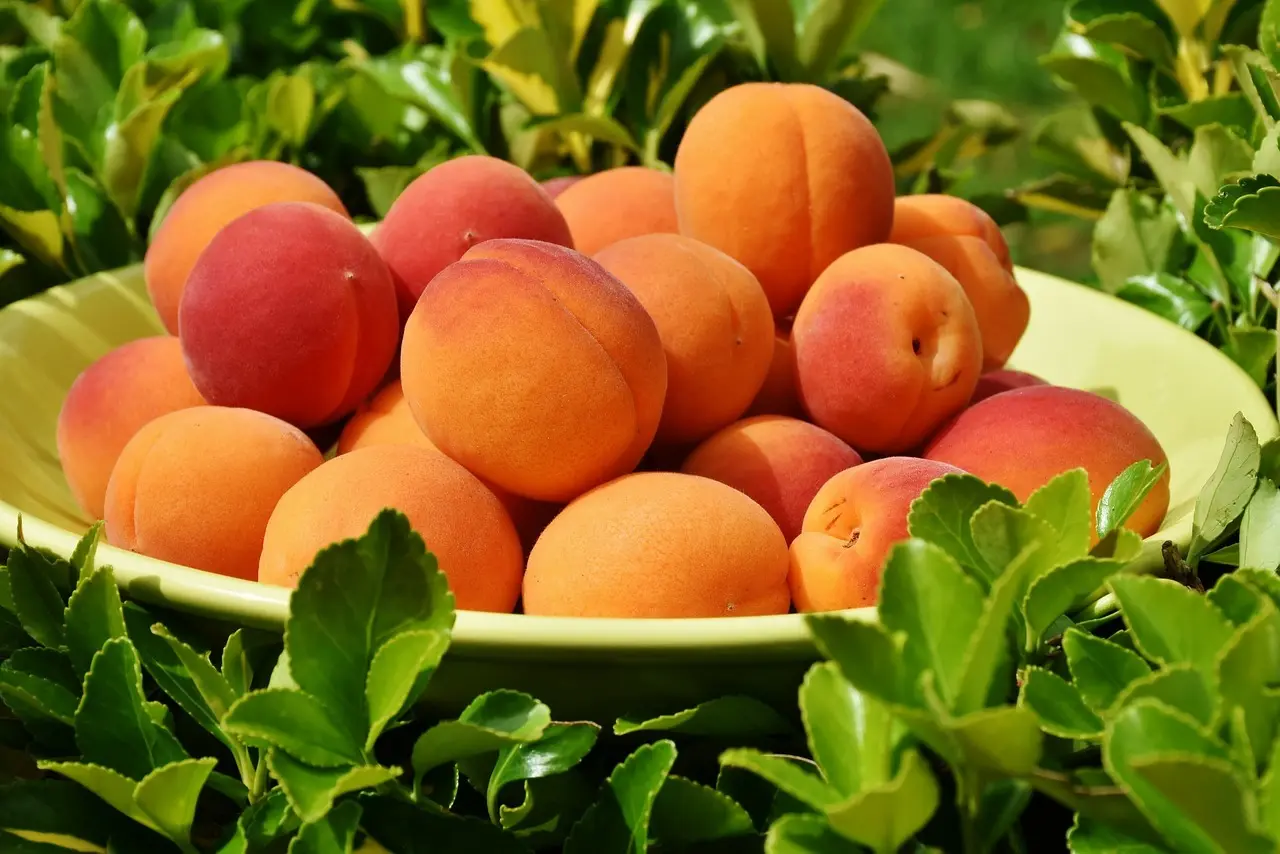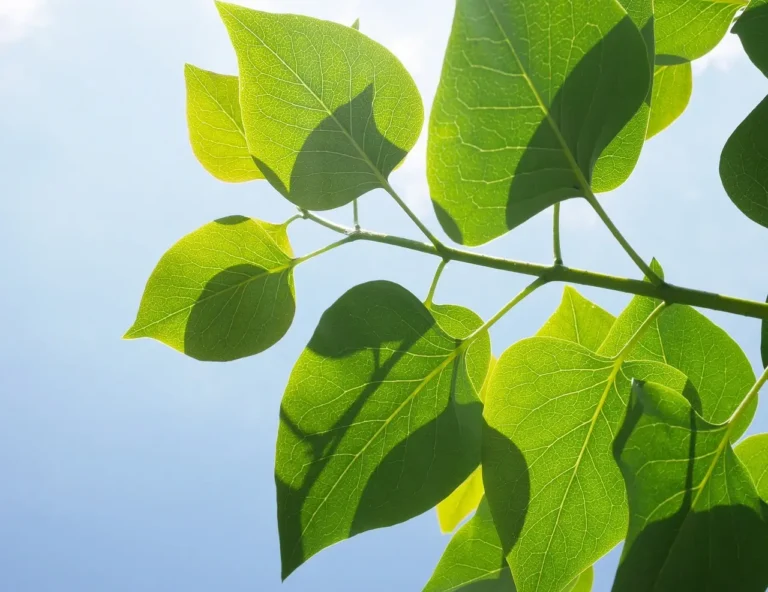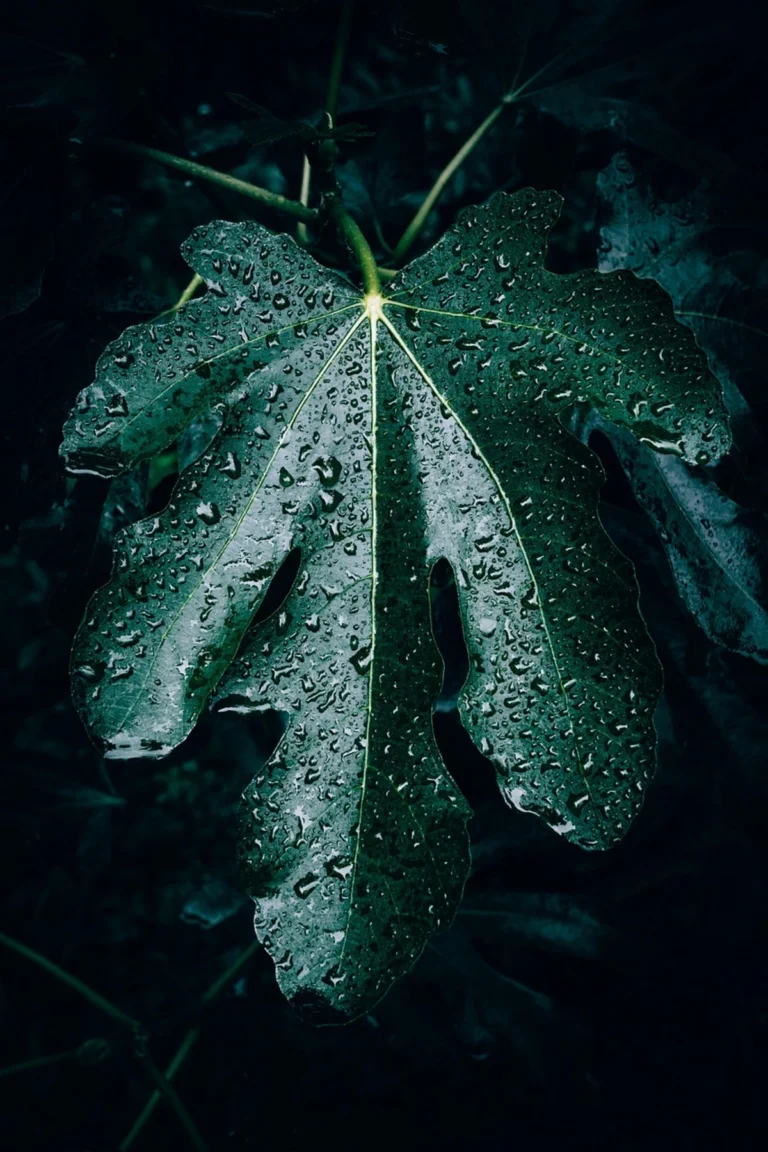Expert Insights on Ficus lyrata Fruiting
Why Indoor Fiddle-Leaf Figs Rarely Fruit
- Lack of pollinators: In nature, fiddle-leaf figs depend on a special fig wasp for pollination. Indoors, that insect simply isn’t present.
- Dioecious plant: Male and female flowers grow on separate plants. You’d need both nearby for any chance of fruit.
- Indoor conditions: Homes don’t usually provide the bright light, humidity, and space these trees need to bloom and fruit.
👉 According to NC State Extension, fiddle-leaf figs rarely flower or produce fruit when grown as houseplants.
Can They Fruit Outdoors?
Yes, but only under very specific conditions. In their native tropical habitat of West and Central Africa, fiddle-leaf figs may produce small, green fruits measuring around 2–3 cm in diameter (Wikipedia – Ficus lyrata).
These fruits are
- Tiny compared to common figs (Ficus carica).
- Edible but bland—usually bitter, not sweet like edible figs.
- They’re hard to spot because they’re green and often hidden beneath leaves.
Even outdoors, fruiting can take years and requires both male and female trees along with the right pollinator.
Quick Comparison Table
“Here’s a simple table that shows when a fiddle-leaf fig may or may not fruit.”
| Scenario | Fruit Produced? | Notes |
|---|---|---|
| Indoor (typical home) | ❌ No | Lacks pollinators, light, and space |
| Indoor (rare exceptions) | ⚠️ Extremely rare | Anecdotal cases, fruit is bitter |
| Outdoor (native/tropical) | ✅ Possible (rare) | Anecdotal cases: fruit is bitter |
| Outdoor (non-native climates) | ❌ Unlikely | Pollinators absent; conditions hard to recreate |
Care Tips for a Thriving (Fruitless but Beautiful) Plant
Even without fruit, fiddle-leaf figs are gorgeous statement plants. Keep yours healthy with these tips:
- Light: Place in bright, indirect sunlight (at least 6 hours daily). The Spruce – Fiddle Leaf Fig Care
- Temperature: Keep between 60 and 85°F (15–29°C).
- Humidity: Loves moisture—use a humidifier or pebble tray if your home is dry.
- Soil & Watering: Use well-draining soil. Water when the top inch of soil feels dry. Better Homes & Gardens – Fiddle Leaf Fig Care
- Fertilizing: Feed monthly in spring and summer with a balanced houseplant fertilizer.
Yes, but only outdoors in tropical conditions with pollinators and both male/female plants. Indoors, it almost never happens.
They’re small (2–3 cm), green, and usually bitter—nothing like the sweet figs we eat.
Common figs (Ficus carica) are bred for edible fruit and self-pollinate. Fiddle-leaf figs (Ficus lyrata) produce tiny, bitter fruits only in the wild.
Grow a common fig tree (Ficus carica). They’re easy to pollinate and give you the delicious figs we enjoy.
Yes, it’s technically edible, but the fruit is bland and bitter. It’s not grown for eating.
A fiddle-leaf fig (Ficus lyrata) is an ornamental plant, while a fig tree (Ficus carica) produces the sweet edible figs we eat.
Not indoors. It may rarely fruit outdoors in tropical climates, but the figs are not like the edible ones.
They don’t produce “babies” on their own, but you can propagate new plants from stem cuttings.
So, does a fiddle-leaf fig produce fruit?
👉 The reality is no for indoor plants, and only under rare tropical outdoor conditions will it ever happen.
But fruit or not, your fiddle-leaf fig is still a stunning, air-purifying plant that can transform any room into a lush, tropical space.




